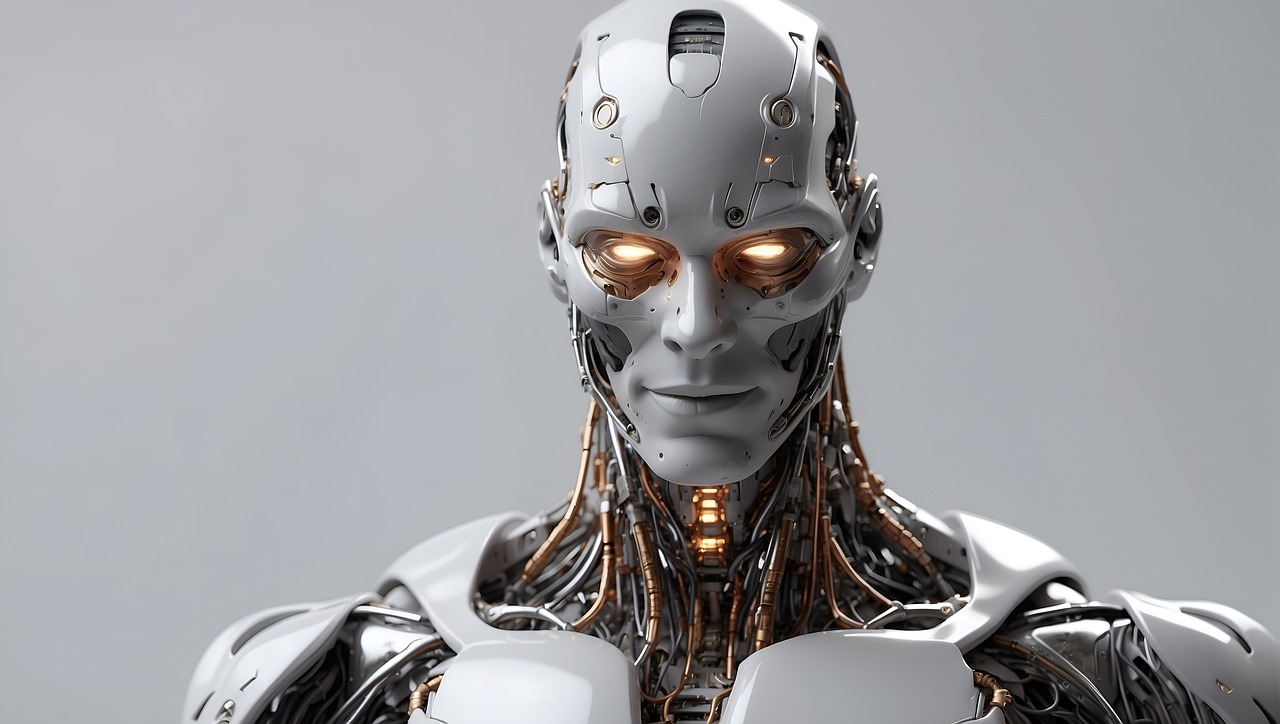In the ever-evolving landscape of home defense, the integration of artificial intelligence (AI) into security robots marks a groundbreaking advancement. These intelligent sentinels bring a new level of sophistication to home surveillance, offering tactical applications that redefine the concept of protection. Let’s explore the advantages, disadvantages, and tactical intricacies of employing a home security robot with AI in your defense strategy.
Security Robot Advantages:
- Proactive Surveillance: AI-powered security robots for home boast proactive surveillance capabilities. Equipped with advanced algorithms, they can identify and respond to potential threats in real-time, ensuring a rapid and effective defense response.
- Continuous Monitoring: Unlike human guards, AI robots tirelessly provide continuous monitoring of your property. Their 24/7 vigilance minimizes blind spots and enhances overall security, offering peace of mind even when you’re away.
- Adaptive Learning: The AI component enables these smart robots to adapt and learn from their environment. Over time, they become more adept at distinguishing between normal activities and potential security risks, reducing false alarms.
- Remote Accessibility: Homeowners can access the robot’s surveillance feed remotely, providing a valuable tool for monitoring their property in real-time. This feature enhances situational awareness and allows for immediate response to any detected threats.
Security Robot Disadvantages:
- Cost Considerations: Implementing AI-powered security robots can incur significant initial costs. The advanced technology and capabilities come with a price tag that may be a deterrent for some homeowners.
- Technical Complexity: The integration of AI introduces technical complexities. Maintenance, software updates, and potential malfunctions may require specialized expertise, adding an extra layer of consideration for users.
- Privacy Concerns: AI-powered surveillance raises privacy concerns. Homeowners must carefully navigate the ethical implications of constant monitoring, ensuring that the benefits do not infringe on personal or neighborly privacy.
Machine Learning and AI Advancement
The recent advancements in AI and machine learning have significantly enhanced the effectiveness of the latest AI home security robots available for consumers. These innovations contribute to the robots’ learning capabilities, adaptability to diverse environments, and their ability to evolve and improve over time. Here’s how these advancements impact the effectiveness of AI security robots:
- Adaptive Learning Algorithms:
- Modern AI security robots are equipped with adaptive learning algorithms that enable them to analyze and understand their surroundings. These algorithms allow the robots to learn from their experiences, adapting to changing environments, and improving their ability to identify potential threats.
- Real-Time Threat Recognition:
- AI advancements contribute to real-time threat recognition, allowing security robots to quickly and accurately identify potential risks. The robots can analyze patterns, detect anomalies, and distinguish between normal activities and suspicious behavior, enhancing their overall effectiveness in preventing security breaches.
- Customized Security Protocols:
- Machine learning capabilities empower AI security robots to develop customized security protocols based on observed patterns and specific environmental factors. This adaptability ensures that the robots can tailor their responses to different scenarios, optimizing their effectiveness in various settings.
- Continuous Improvement:
- The ability of AI security robots to evolve and improve over time is a key feature. Continuous learning and refinement of algorithms mean that these robots become more proficient in threat detection and response as they accumulate data and experience, ensuring a proactive and dynamic security posture.
- Integration with Smart Home Systems:
- Advancements in AI contribute to seamless integration with smart home systems. AI security robots can collaborate with other smart devices, such as surveillance cameras, motion sensors, and smart locks. This integration enhances their ability to gather comprehensive data and respond more effectively to potential threats.
- Predictive Analysis:
- AI advancements enable security robots to conduct predictive analysis, anticipating potential threats based on historical data and observed patterns. This proactive approach allows the robots to take preventive measures, such as adjusting patrol routes or activating additional security measures, before a threat escalates.
Tactical Applications of Security Robot:
Consider an autonomous patrol robot, like robot security dog designed for home surveillance. Equipped with advanced AI, this robot dog learns the layout of the home, recognizes regular activities, and distinguishes between family members and potential intruders. Over time, the robot as security guard refines its understanding of what constitutes normal behavior, enabling it to identify unusual or suspicious activities with high accuracy.
- Patrolling and Intruder Detection: AI robots excel in patrolling designated areas and swiftly detecting intruders. Their ability to analyze patterns and anomalies ensures a heightened level of security, especially during vulnerable periods like nighttime.
- Integration with Smart Home Systems: These robots can seamlessly integrate with smart home systems, allowing for synchronized responses. For instance, they can collaborate with smart locks or alarms to fortify the home’s defenses in the event of a breach.
- Emergency Communication: In the event of a security breach, these robots can serve as a direct line of communication. Equipped with speakers and microphones, they facilitate immediate communication with homeowners or emergency services, potentially deterring intruders.
- Customizable Security Protocols: AI-driven robots allow homeowners to customize security protocols based on specific needs. Whether it’s focusing on specific areas, adjusting sensitivity levels, or prioritizing certain alerts, the flexibility enhances the robot’s tactical adaptability.
In conclusion, a home security robot with AI represents a cutting-edge approach to home defense. While there are associated costs and considerations, the tactical advantages, including proactive surveillance, continuous monitoring, and adaptive learning, make them a formidable addition to any comprehensive security strategy. As technology advances, these robots are poised to become integral components of safeguarding the modern home.











